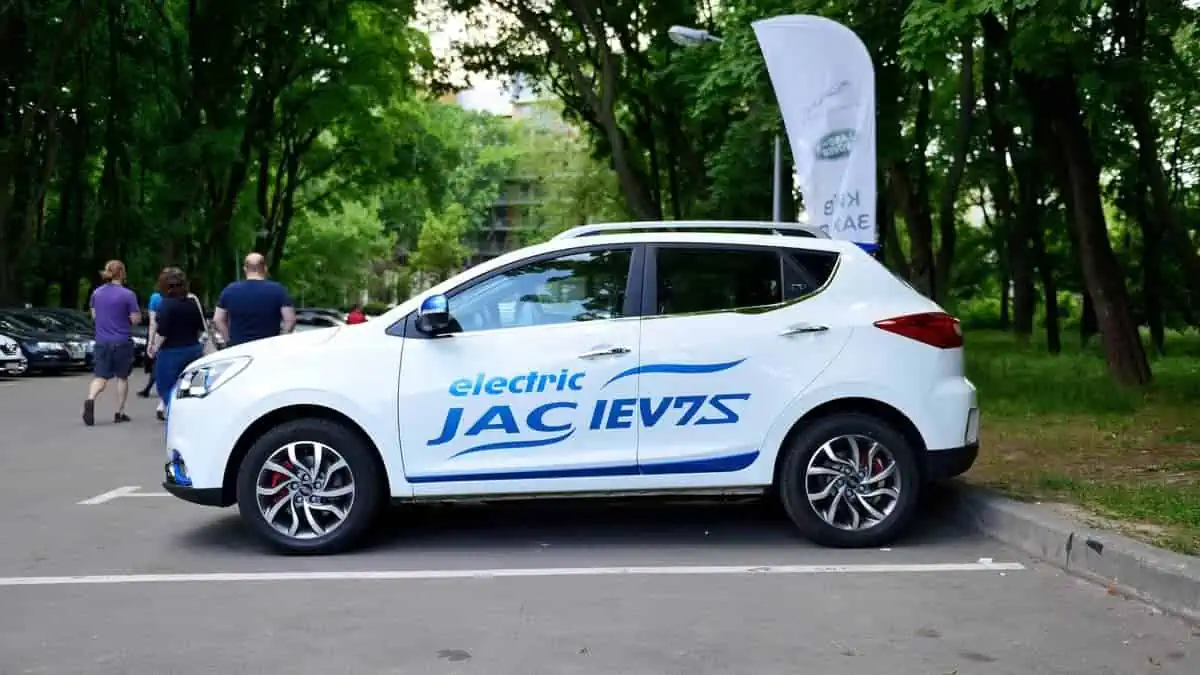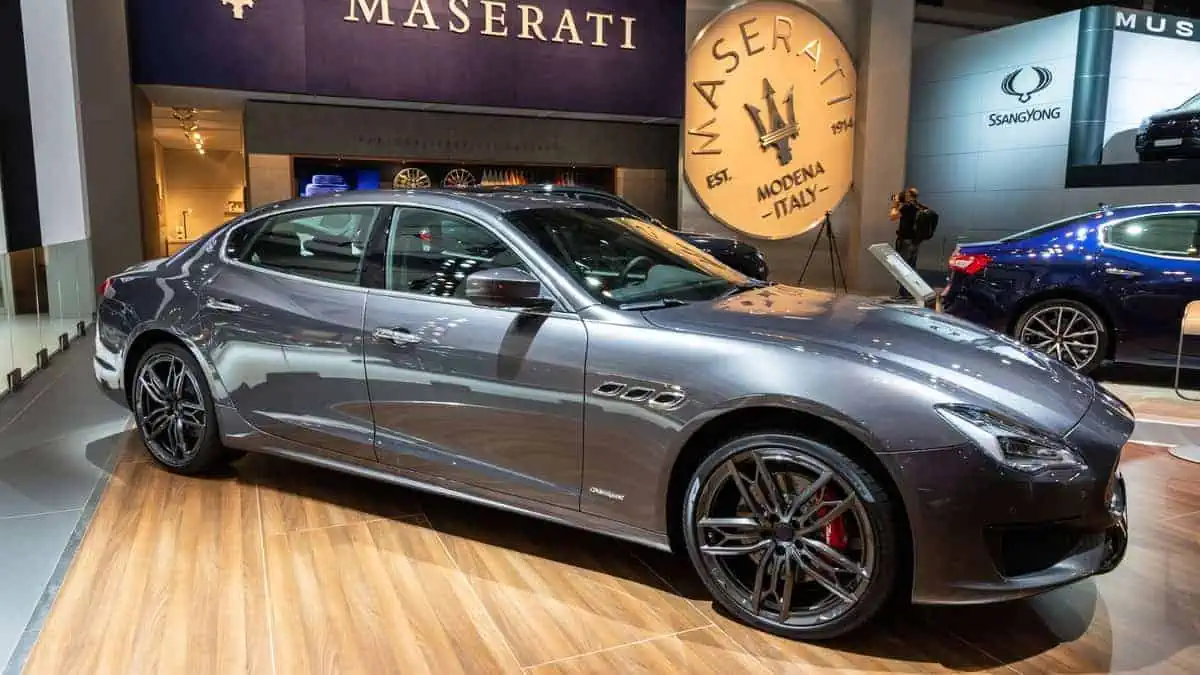As an unfamiliar 70-day heat wave continues to keep southern China with the highest temperature of 113°F (45°C), alarming droughts and hydropower supply shortages are causing damage to the lives of residents. Electric vehicle owners are also feeling the heat.Since public charging posts are becoming unavailable and many owners don’t have private charging posts, it becomes a serious problem in their mode of transportation.
EV adoption also known as a new energy in China is considered a high point in China’s fight against climate change. But severe weather increases its interference with power grids around the world, and it becomes a reminder of the weaknesses in the charging infrastructure that keeps EVs running.
According to the report, the heat wave in China, which started back in June, has disappeared over half the hydroelectricity generation capacity in Sichuan, it is a southwestern province that usually gets 81% of its electricity from hydropower plants. That decreased energy supply, at a time when the need for cooling has increased demand, put industrial production and everyday life in the region on a rest period.
And as the power supply has become reckless, the government has instituted EV charging limits to emphasize daily needs.
According to the Chinese publication, finding a working charging station in Sichuan and the neighboring region Chongqing— a few minutes before the heat wave—took as long as two hours this week. The majority of public charging stations, including those operated by leading EV brands like Tesla and China’s NIO and XPeng, are unavailable in the region because of limitations on commercial electricity usage.
MIT Technology Review received proof from a Chinese Tesla owner in Sichuan, that on August 24, only two of the 31 Tesla Supercharger Stations in or near the province’s capital city of Chengdu were working as normal.
In addition to this facing mandatory service suspensions, EV owners were obligated to charge only during off-peak hours. In fact, the leading domestic operator, TELD, has closed over 120 charging stations in the region from 8 a.m. to midnight, the peak hours for using electricity. State Grid, China’s largest state-owned electric utility company, also builds and operates EV charging stations; last August 19 it was announced that in three provinces that have over 140 million residents and 800,000 electric vehicles in total, the company will offer 50% off coupons if drivers charge at night. The State Grid is trying to lessen the efficiency of 350,000 charging posts during the day, so the individual charging time for vehicles would be just five to six minutes longer but the total power consumed during peak hours would go down.
On Chinese social media, a long line of EVs waiting for a few working charging stations, even after midnight. Electric taxi drivers have experienced a more impact as their livelihoods depend on their vehicles. One of the taxi drivers says “I started waiting in the line at 8:30 p.m. yesterday and I only started charging at around 5 a.m.,” “You are basically always waiting in lines. Like today, I didn’t even get much business, but I’m in the line again now. And the battery is going down quickly.” He added
The major challenge is encouraging some people back into using fossil fuels. The Tesla owner in Sichuan is planning to visit Chengdu for work this week but decided to drive his other car, a gas-powered one, for fear that he wouldn’t find a place to recharge before returning home. Another driver from Chengdu, who owns a plug-in hybrid, told MIT Technology Review that she switched to gas this week even though she usually sticks to electricity because it’s slightly cheaper.
This uncertainty about charging has shocked the EV industry “A large-scale power shortage like this is still something we’ve never seen [in China],” says Lei Xing, an auto industry analyst and the former chief editor at China Auto Review. He says the climate disaster is reminding the industry that while China leads the world on many EV adoption metrics, there are still infrastructure weaknesses that need to be addressed. “It feels like China already has a good charging infrastructure … but once something like these power restrictions happens, the problems are exposed. All EV owners who rely on public charging posts are having troubles now,” Xing says.
Because of government subsidies, strong domestic brand competition, and prices as low as $4,000 per car, China has been one of the world leaders in EV adoption. The total number of EVs in China surpassed 10 million in July—the largest in the world and four times the figure in the US. In 2021 alone, there were more EVs sold in China than in all other countries combined.
But as EV ownership grows, the development of charging infrastructure is left behind—and this summer’s heatwave shows what really the problem is.
The lack of private charging posts is the main problem. “A far larger percentage of Chinese [than Americans] live in apartment complexes,” says Daniel Kammen, a professor of energy at the University of California, Berkeley, who has studied the improvement of the electric grid in China. “And the EVs are concentrated massively in China. They’re in the cities, not in the rural areas.” For apartment-dwelling EV owners, even a fixed parking spot is hard to attain.
In circumstances like the heat wave, private charging posts, which are considered part of one’s residential power consumption, would have provided a stable alternative to the suspended public charging stations. Restrictions on residential power use, which were also ordered in parts of Sichuan this year, happen much less often and are seen as the last resort in addressing power shortages.
Chinese living patterns also mean it’s harder to o set up power generation and storage distribution in other residential possibilities like solar panels, that is in addition to central power sources when there are shortages. As for Kammen “For example, in my house, where we have two electric vehicles, and rooftop solar, and a backup storage battery in our garage, it makes much more sense to charge our electric vehicles during the day because we have direct solar,”
Soon, the power shortage will excel. The country’s National Meteorological Center anticipates that the heat wave will wind down when the rain comes to the region beginning on August 29. But even if it becomes moderate, building a resilient electric grid and diversifying EV charging methods will be crucial to fully support a booming domestic EV industry. “I personally think there will be a short-term impact that won’t change the expected total sales of new energy vehicles this year or after,” says Tian Yongqiu, an independent auto industry analyst based in China.
According to Kammen, the solution will involve a more distributed system of energy storage and better long-distance power transmission, together with a clean energy source, offshore wind or solar farms are one of them. Some EV companies have been trying to use two-way charging, these EVs can help power back to the grid when needed.
Nevertheless, this experience will serve as a lesson. An estimation by Xing states that by 2025, almost all the cars sold in China could be EVs. “If there are 30 million cars sold in total, 15 million of them will be new energy vehicles. How can the electric grid satisfy that kind of demand? That’s the long-term question,” he says. “[What happened] this time was a reminder—a wake-up call.”






